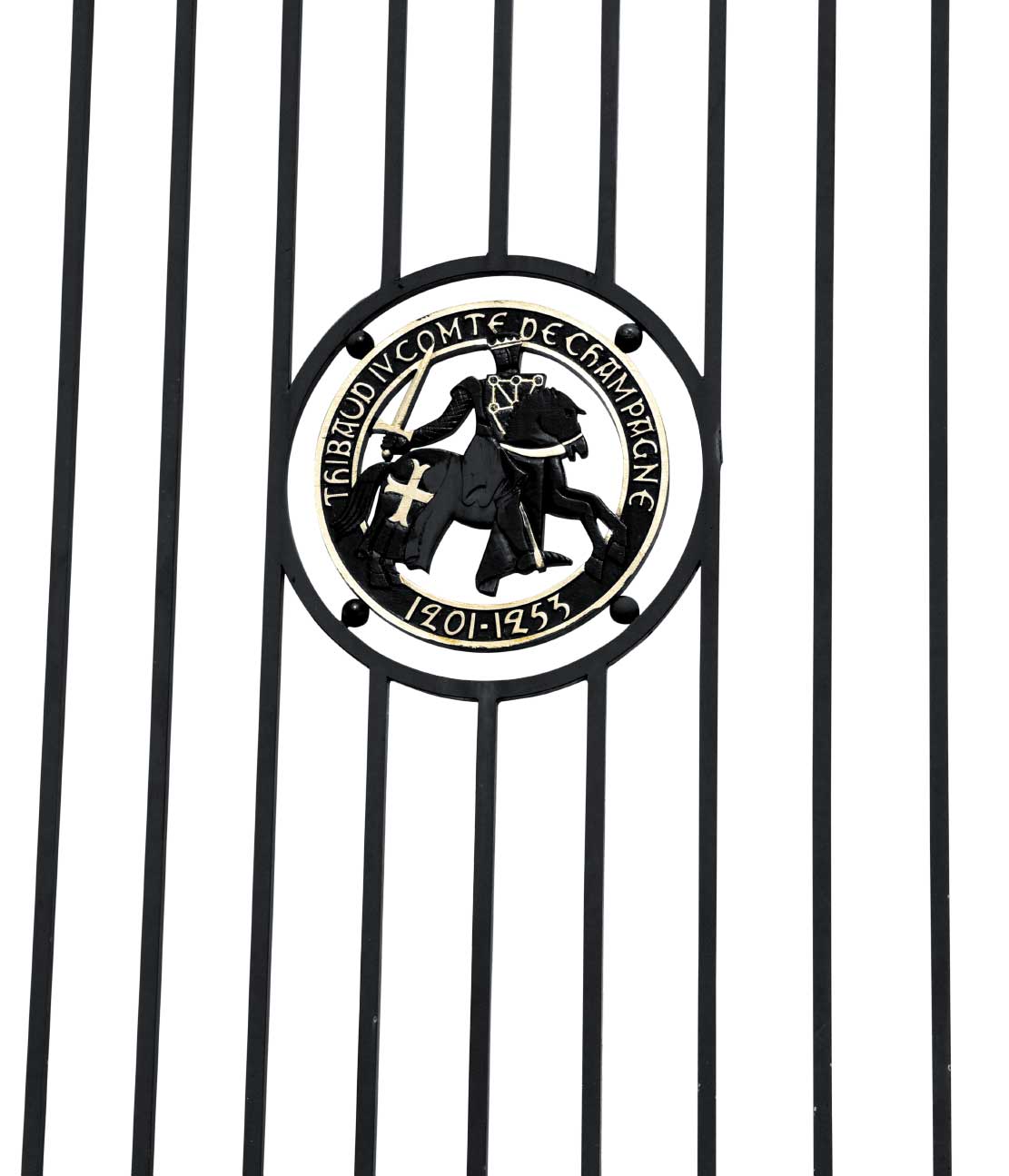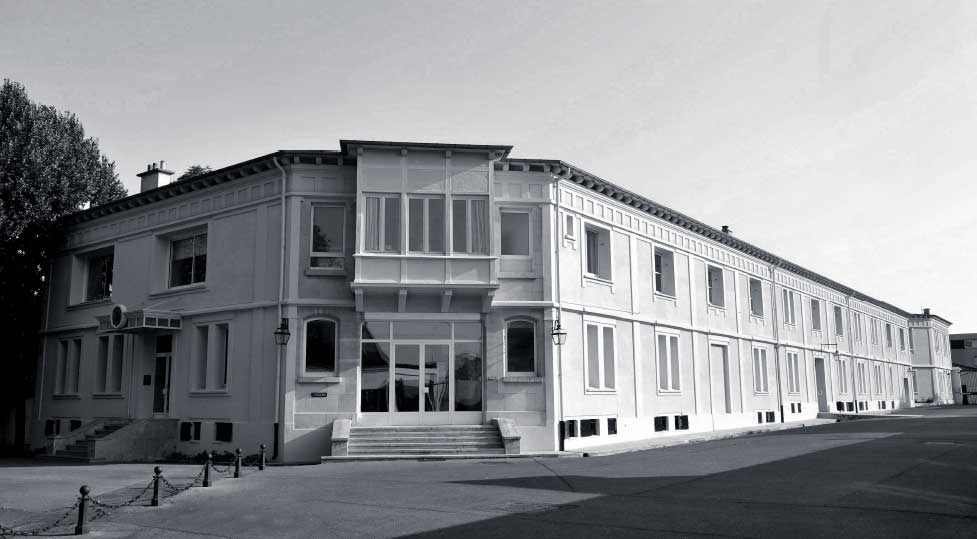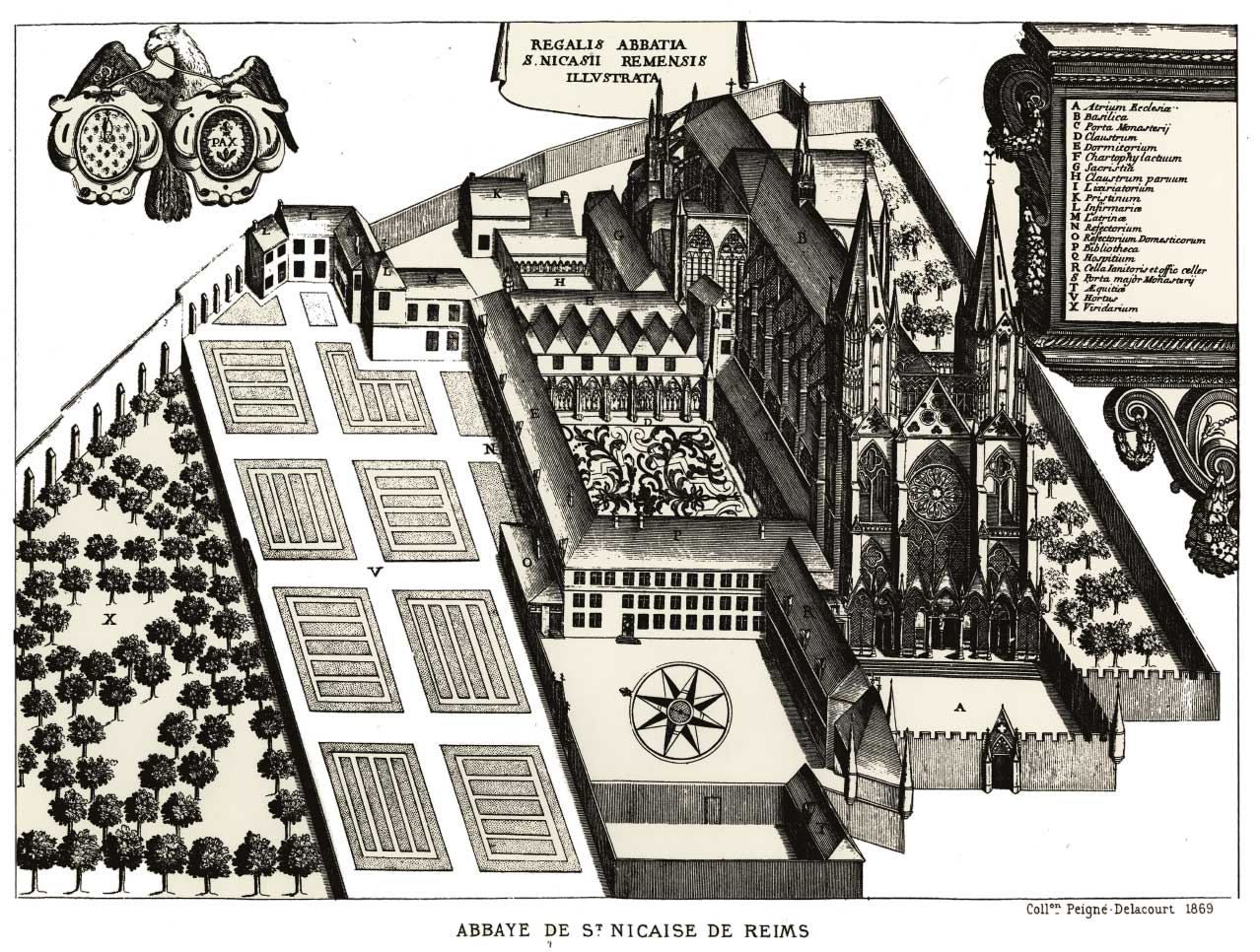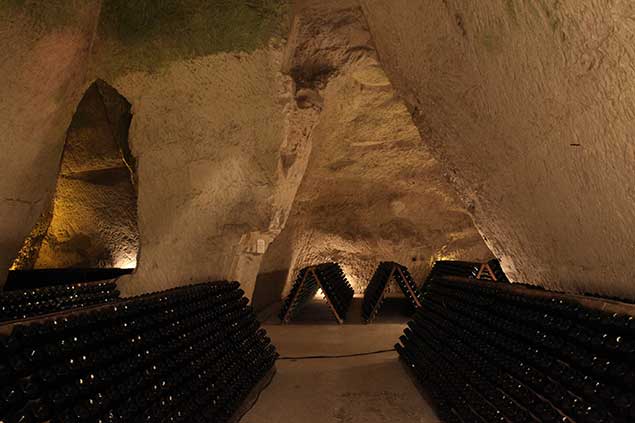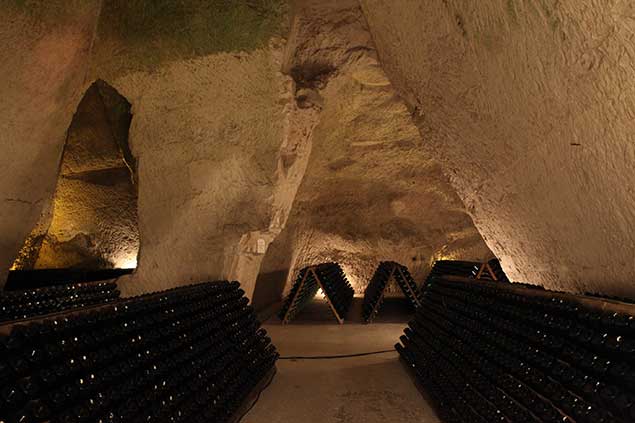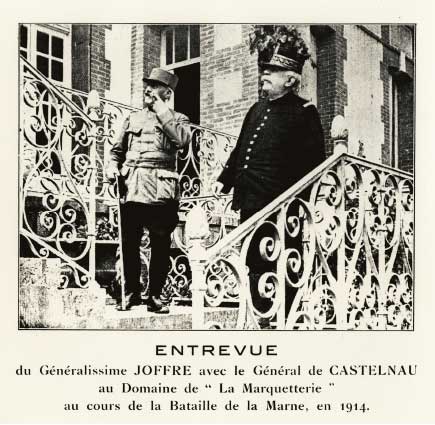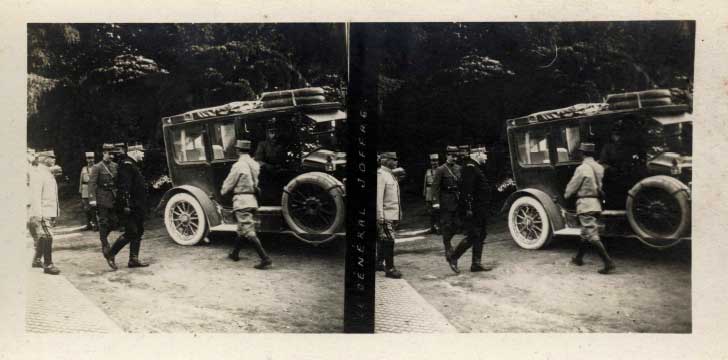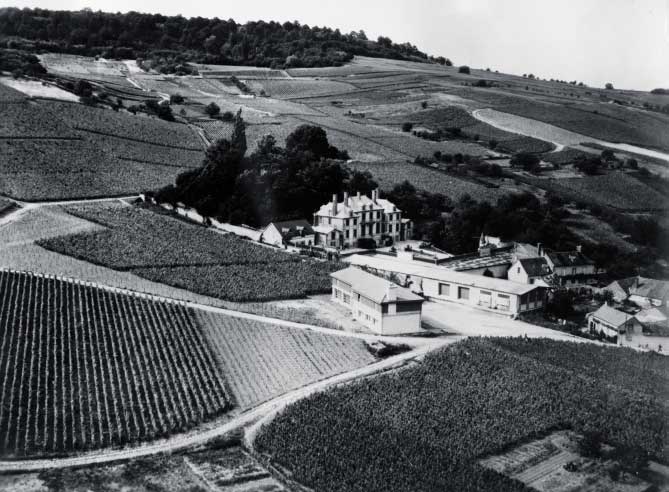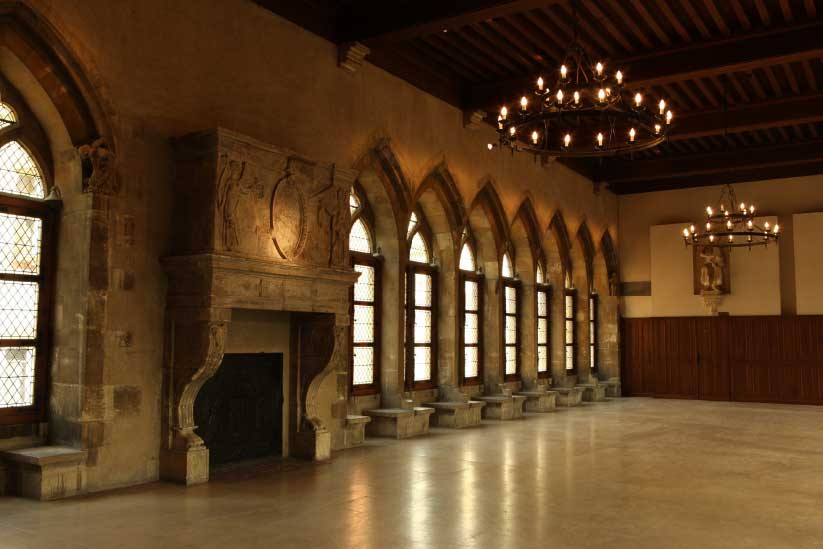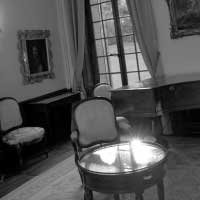The Taittinger vineyard has become increased in size down the generations and now covers 288 hectares, making it the third largest domaine in Champagne.
Futhermore, the Champagne House has the biggest intramuros vineyard of the city of Reims situated in Val-de-Murigny near the first Roman road connecting Reims to Epernay. It is planted with 37% Chardonnay, 48% Pinot Noir and 15% Pinot Meunier vines distributed equally across 37 different crus which are amongst the best in the Champagne appellation. The vineyard is a perfect reflection of the Taittinger style. It provides 45% of what the Champagne House needs, and is a great asset when it comes to controlling the quality of blends within the framework of responsible viticulture practices which have been awarded a high environmental quality accreditation.
